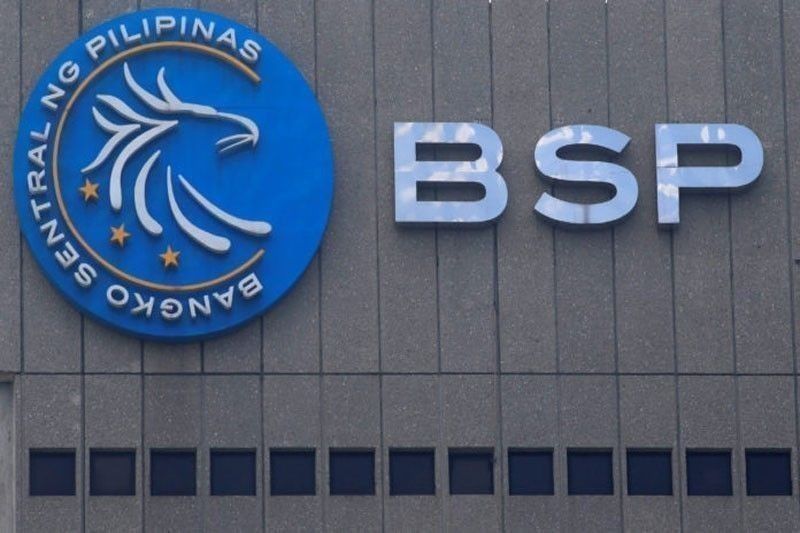BSP hikes capital standards for small, mid-sized banks

MANILA, Philippines — The Bangko Sentral ng Pilipinas (BSP) has enhanced the capital adequacy standards for mid-sized and small banks to ensure sufficient buffer for possible losses.
The central bank’s Monetary Board has approved the amendments to the risk-based capital adequacy framework for stand-alone thrift banks, rural banks and cooperative banks to further enhance the quality of capital of covered banks.
“This reinforces the importance of maintaining sufficient level of common equity which could absorb losses on an ongoing basis,” BSP said.
The regulator said the enhanced capital standards now provide a minimum six percent common equity Tier 1 (CET1) ratio and 7.5 percent Tier 1 ratio.
This is in addition to the existing minimum capital adequacy ratio (CAR) of 10 percent.
“The enhanced capital standard is aimed at promoting the safety and soundness of individual banks and the banking system. The modifications to the risk-based capital adequacy framework for stand-alone thrift banks, rural banks and cooperative banks largely conform with the Basel reforms,” the central bank added.
Tier 1 capital is largely comprised of CET1 capital elements such as common shares, additional paid-in capital, retained earnings and undivided profits, while the additional Tier 1 capital is mostly made up of eligible perpetual capital instruments.
“Since the composition of qualifying capital of covered banks under the current framework are already in the form of common equity, no significant change is expected resulting from the new capital categories,” the central bank said.
Suzanne Felix, executive director of the Chamber of Thrift Banks (CTB), told The STAR mid-sized banks are strong enough to hurdle the enhanced capital adequacy standards imposed by the regulator.
Felix said the CAR of the thrift banking industry stood at 17 percent as of end September 2019, most of which is in Tier 1 capital.
“Our members are definitely strong enough to meet the requirements. I don’t think it will affect lending in general (our lending capacities will remain the same), though this may have an impact on banks that are into hybrid instruments,” Felix added.
She said the BSP is merely beefing up the Tier 1 capital to at least 7.5 percent as against Tier 2 capital including the six percent CET1.
However, hybrid instruments are now part of Tier 2 instead of Tier 1 capital.
Furthermore, the BSP said stand-alone thrift banks, rural banks, and cooperative banks are also now required to comply with the 2.5 percent capital conservation buffer (CCB) based on the revised framework.
The CCB is in the form of CET1 capital and is computed in excess of the six percent CET1 ratio.
“This requirement ensures that covered banks have capital buffers which can be drawn as losses are incurred. When certain levels of CET1 capital are breached, the bank concerned will be restricted from distributing earnings like dividends in order to build its CCB,” the central bank added.
The regulator provided an observation period until end December next year to allow the smooth transition to the amended capital requirements wherein covered banks are required to submit parallel CAR reports using the existing and new frameworks.
- Latest
- Trending




























